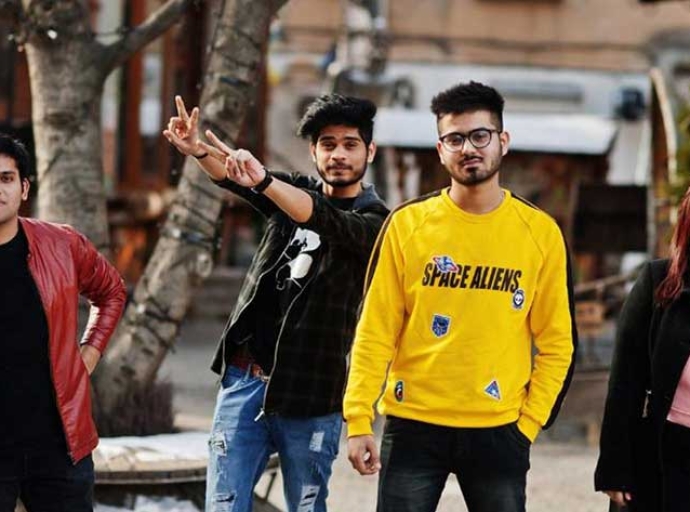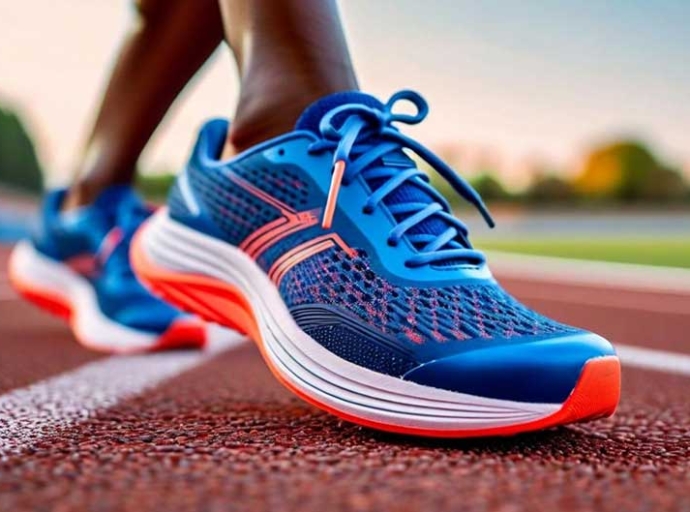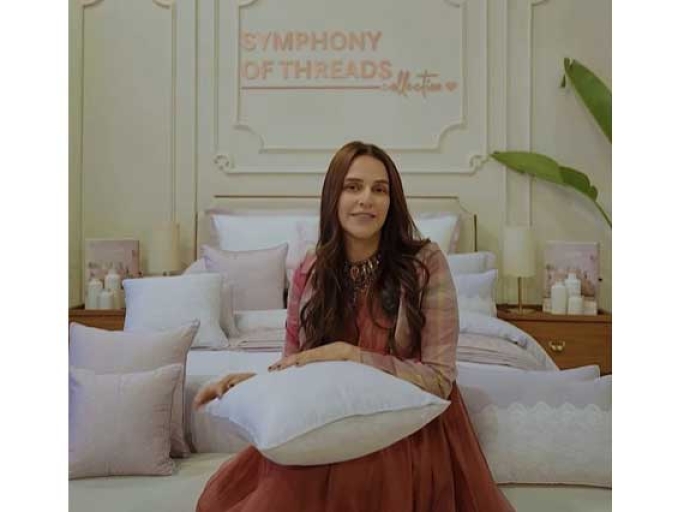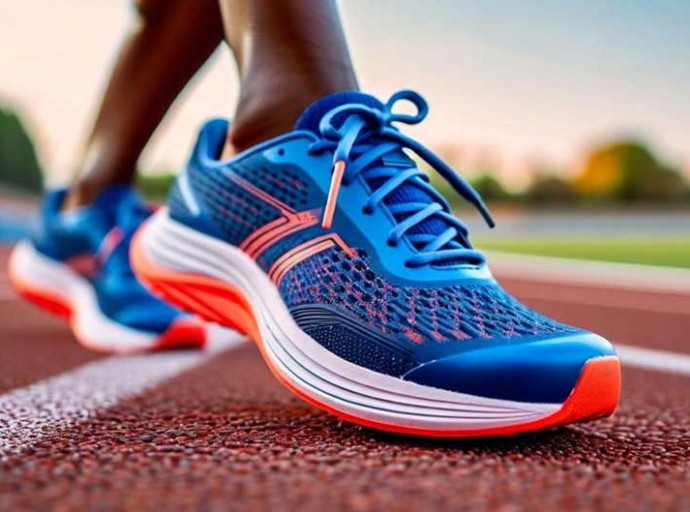09 June 2023, Mumbai
With more people having disposable cash and more women entering the job, the Western dress is gaining popularity and acceptance, according to Sharad Walia, Brand Director at Park Avenue. Fast fashion and globalization have increased people's awareness of fashion trends and styling.
Uptick in the growth story
The rise in the number of working women has also fueled the market for women's Western clothing. In India, the need for women's clothing is now developing at a CAGR of 10%, while the demand for Western women's clothing is growing at a CAGR of 17%.
In India, the market for women's clothing accounts for 38% of the country's total garment production.
It is anticipated to expand at a CAGR of 9.9 percent to reach Rs 2,86,456 crore (US $44 billion in 2026) from an estimated value of Rs 1,11,467 crore (US $17.5 billion in 2016). Women's clothing in India includes innerwear, western clothing, Indowestern clothing, and ethnic clothing.
Changing fashion landscape
With a share of 66 percent, ethnic wear is the single largest category in women's clothing. The saree has a market of Rs 37,837 crore and is arguably the most popular traditional Indian clothing for women when it comes to ethnic wear.
By 2026, it is anticipated to expand at a CAGR of 5% and reach Rs 61,632 crore. The saree will continue to be the most popular category among senior and middle-aged women in urban and rural India, despite a market shift anticipated from saree to salwar kameez and western clothing in urban and semi-urban markets.
Titbits
The overall number of tops/shirts, bottoms/skirts, t-shirts, jeans, sportswear, and suits (only for the men's category) is referred to as the Western wear market.
Approximately 93% of the market is made up of products for men.
Snapshot
The market for men's Western clothing is currently dominated by the shirt and trouser categories, which account for 34 and 27 percent, respectively, of market growth over the next ten years.
In comparison to all other men's western wear apparel categories, activewear is anticipated to increase at the highest rate, with a CAGR of 15% by 2028. Denim is predicted to increase at a CAGR of 13% from 2018 to 2028, making it the second industry to experience rapid growth.
The market scenario
In 2018, the market for women's Western clothing in India is anticipated to reach $9,882. Ethnic categories currently hold a higher stake in the Indian women's wear apparel market. With a combined weight of 56%, denim and shirts/tops are the highest contributing categories.
By 2028, the denim and activewear industries are projected to expand at a CAGR of 14% each.
In the upcoming years, the Indian Western wear market is anticipated to expand due to a variety of variables, including a rise in the number of working women, an increase in the urban population, and a younger generation.
Prognosis
The growth of Western clothing will outpace that of ethnic clothing during the next ten years. Denim and sportswear are anticipated to show good growth by 2028 and to contribute significantly to the industry as a whole.
The urban landscape is changing
The number of people living in cities has increased in India. According to a survey that was just published, India is urbanizing quickly, with every sixth person worldwide doing so being an Indian.
By FY 2020, it is predicted that 35 percent of Indians will reside in urban areas and generate between 70 and 75 percent of the country's GDP.
Consumer demand for Western-style apparel has changed as a result of rising urbanization, propelling sector expansion.
Never Underestimate the Power of a Woman
An increase in the proportion of women working: women's fashion, generally speaking, used to be restricted to ethnic clothing.
The rise in the number of working women has created new market prospects for clothing companies that specialize in western and workwear for women. In India, there are now much more working women than there were ten years ago.
Women are entering the workforce, which has changed their way of life. Due to their limited shopping time, they favor more casual, western apparel.
Growing young generation seeking Western clothes
Young job applicants in the future want to be able to wear anything they choose to work. They think that wearing informal attire will help them function more effectively. Therefore, more businesses are moving towards accepting casual clothing at work.
The rise in acceptance has created new opportunities for firms that are introducing the concept of smart casuals, which are comfortable yet differ from traditional formal attire.
Age dependency, or the proportion of the population that is dependent on the population that is of working age, has decreased.
This has increased the family's overall income, which in turn has increased disposable income, improving the ability to buy clothing overall.
Change the gears
Denim is now seen as a versatile piece of clothing that may be worn for both informal and professional occasions.
Due to its comfort and durability, denim has become fashionable and is appreciated everywhere. An international brand like Levi's and a homegrown brand like Spykar have both been selling more during the past few years in India.
Global view
A new report by Allied Market Research reveals the substantial growth potential of the global western wear market. Valued at $74.5 billion in 2020, the market is projected to expand at a CAGR of 5.37% and reach $136.9 billion by 2031. The formal wear segment is anticipated to grow at a CAGR of 4.8% in value throughout the forecast period.
APAC is in the sweet spot; The Asia-Pacific region is expected to exhibit the highest compound annual growth rate (CAGR) of 6.6% during the specified period, propelled by developing lifestyles and an increase in disposable income among consumers.
Meanwhile, Europe, which currently holds a one-third share of the total Western wear market, is forecasted to maintain its position with a growth rate of 4.1% CAGR.
The report emphasizes the influence of rising disposable income and the proliferation of fashion e-commerce on the demand for Western wear clothing. The market is further boosted by the growing number of young consumers and their heightened fashion consciousness.
Manufacturers are collaborating with packaging businesses to introduce innovative garment packaging solutions, such as biodegradable barrier trays, contributing to the overall market development.
The Rise of India
Western Wear Market Set for Rapid Growth, Fueled by Rising Disposable Income and Fashion Awareness.
People used to only retain a certain amount of clothing in their possession, but as buying power has increased, both the quantity of clothing owned and the amount of time spent wearing it have increased.
Large fashion and textile businesses are drawn to India since it is one of the countries with the quickest growth rates and is predicted to continue growing at the same rate.
The majority of people in the nation live in Tier II cities, which also have strong economies. Large fashion and apparel companies believe that Tier 2 cities have great potential.
An expansion into Tier II cities in India was recently announced by the Swedish international clothing store H&M.
Notably, India is expected to experience a remarkable CAGR of 8.0% in terms of value, indicating its substantial contribution to the global Western wear market.
With the industry poised for significant expansion, stakeholders are leveraging these trends to seize lucrative opportunities in the evolving market landscape.
Latest Publications


































